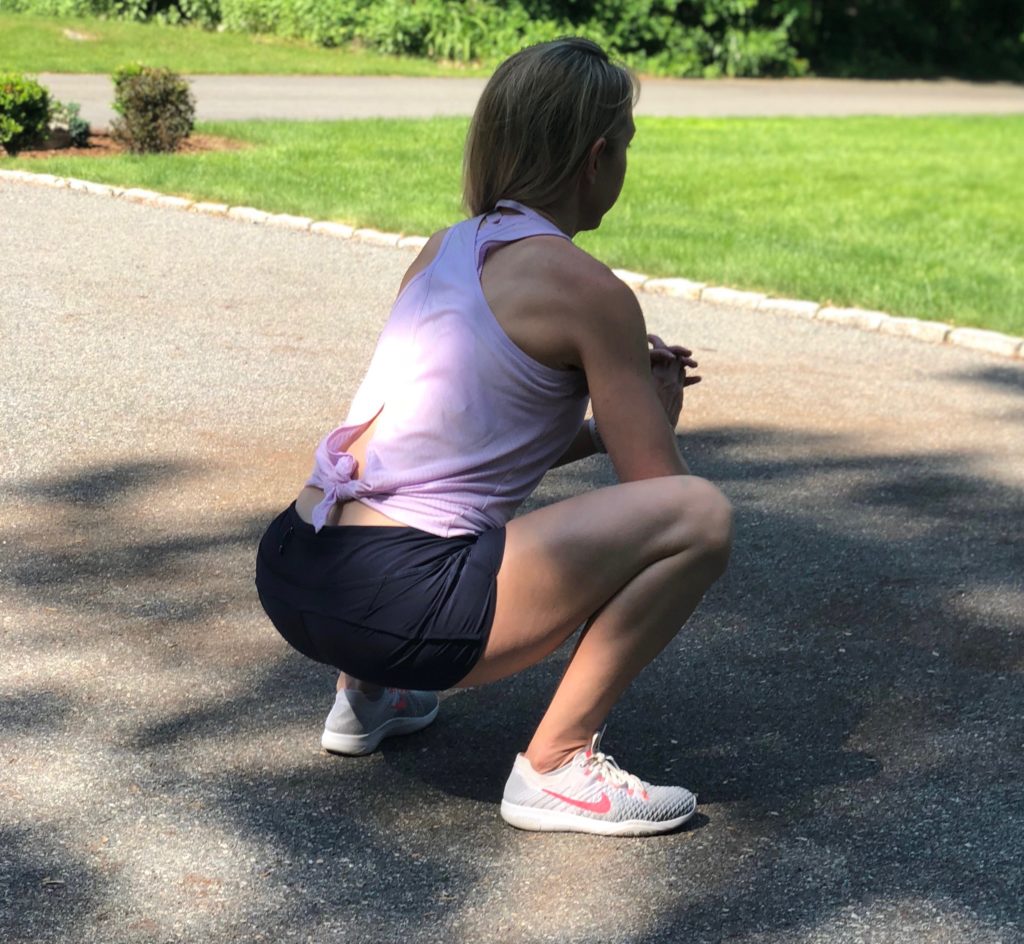I come from a blue-collar family. My father was a machinist by trade, but his skill set was pretty damn impressive. There was nothing that he couldn’t fix, fabricate or repair. To this day, I vividly remember details about my father‘s garage in the house I grew up in. It was basically his personal automotive store. The shelves were overflowing with buckets of screws, nuts, bolts, tools, cleaners, paints, primers and always WD-40. I mean, wasn’t this a a staple in every father’s garage?
We’ve never actually had a conversation about his philosophy, but I believe it was pretty simple. If something is important or of value, he knew you should take care of it. Preferably before it broke or was too far gone to repair.
Now I can see my dad was exercising preventative maintenance on his cars and electronics…and who knows what else.
So what is preventative maintenance?
Here’s a fantastic definition of preventative maintenance I found online:
[bctt tweet=”Preventive maintenance is maintenance that is regularly performed on a piece of equipment to lessen the likelihood of it failing. Preventive maintenance is performed while the equipment is still working, so that it does not break down unexpectedly.” username=”@skillofstrength”]
Most people look at preventative maintenance as something they do for their cars. You know, the things you need to do to your car like:
- Change the oil
- Rotate the tires
- Wash and wax the paint
- Use fuel injector cleaner
- Monitor and maintain proper tire pressure
- Regularly check brake pads and rotors.
For most of us, our car is our primary form of transportation. Our vehicle allows us to drive to work, make a living and get home again at the end of the day. Another thing to consider is the fact that a car is a relatively large purchase that requires a significant financial investment. The average cost of a new vehicle is approximately $32,000, That’s not pocket change.
So, where am I going with this?
Humor me, just for a little bit.
What if the first car you ever purchased was the only car you could drive for the rest of your life? Would you change the way you took care of it? Seriously, if you knew you had to drive the same car for 50+ years, wouldn’t you take really good care of it?
In case you haven’t guessed it yet, now is the part where I compare a vehicle to the human body.
You Only Get One Body
Just like the hypothetical car you’re now driving for the rest of your life, it’s important to remember you only get one body, friends. And that’s not hypothetical at all. It’s truth. You can’t trade it in for a new one. Ever. You can’t purchase an upgrade after your promotion. Sure, you can replace some things here and there and make some potential upgrades if there are “parts” you don’t love or aren’t working properly, but you are stuck with one body. Forever.
Remember my dad’s philosophy on cars? It’s even more important when it comes to bodies. Take care of this thing since you’ll have it for the rest of your life!
Here’s the problem as I see it. Early in our lives our bodies are too damn resilient. You can get away with a lot of dumb shit for years.
In fact, you can smoke two packs a day, drink a fifth of vodka every weekend and eat fast food for decades. You might even still live to 80.
Just remember, living to the age of 80 and thriving to the age of 80 are two very different things. This is why we need to practice preventative maintenance with our bodies. You might even want to train like an adult.
Simple Guidelines On How to Live a Long and Healthy Life
We’re not gonna get fancy here, I’m just going to give you some simple, practical advice that you can easily apply to your life.
Walk every day.
I’m not a walker. You’ll rarely hear me say “ let’s go for a walk,” but I have to admit I always feel better after a walk. Even though I tease my wife for getting her steps in each day, perhaps there something to those fitness trackers after all.
The first step in your fitness journey is to increase your daily activity. Walking is a perfect place to start. I guess Fit Bit was onto something when they sold over 15 million units in 2017.
Action: Get out there, and get your 10,000+ steps!
Maintain your deep squat.
I’m not gonna ask you to squat like a baby. That’s pretty unrealistic. I will say this, Practicing a heels down, deep squat is something you should do every day. If we could start doing this daily in our teenage years and maintain the habit for the rest of our lives, it would be huge step and maintaining joint health and function.
Action: Try to spend a total of two minutes daily in the bottom of your deep squat. I’d suggest starting in 15 to 20 second increments and gradually increasing time. Before you know it, you might even be able to stay in a deep squat for two minutes straight.

Learn how to safely lift heavy objects from the floor.
This is otherwise known as a deadlift. Whether you like it or not, there will be an instance (probably many) where you will need to lift something heavy off of the ground. I’m not saying you need to enter a powerlifting competition, but having the ability to safely lift a object off the ground without destroying your back is pretty good skill to have.
Action: Learn to deadlift.
Maintain your upper body mobility.
If you walk into a room, your nose should not be the first part of your body that enters the room.

All joking aside, rounded shoulders and forward head posture can lead to various orthopedic issues like shoulder impingement, chronic neck pain and potential nerve issues.
This type of posture also tends to make people look older than they really are. There’s nothing wrong with aging, but if you are 35, do you really want to look like you’re 55?
Daily habits and the seated posture are the number one culprit here. Sure, stretching and strengthening are fantastic, but paying attention to overall posture is the first step. Yes, this actually means you need to pay attention to how you stand, sit, work, drive etc.
From and exercise standpoint, I’d suggest adding more pulling exercises into your program. Exercises like pull-ups and rows should be a staple in your program. I honestly believe that there is a direct correlation to posture and upper body pulling strength.
Your best bet is to start this when you are in your teens. Your second best bet is to start now. Get to the point where you can bang out some strict pull-ups. Try to maintain that strength and mobility for the rest of your life. The best way maintain function and strength is to never lose it in the first place.
This is my client Senneth. She’s one badass grandmother.
Age is just a number. And yes, this is a 25 lb weighted pull-up.
Action: Pay attention to your posture throughout your day. And DO MORE PULL-UPS.
Maintain a healthy bodyweight
I’m not gonna sugarcoat this. If you are overweight or obese, you are not healthy. Approximately 40% of the US population is considered overweight or obese. You know what also comes with being overweight and/or obese? Heart disease, High blood pressure, type two diabetes and countless orthopedic issues.
At least a dozen times I’ve been told by people in the gym that they have “bad knees” or “ knee issues.” Listen, knees don’t just all of a sudden become destroyed or damaged. If you are walking around 50 -100 pounds heavier than you should be, of course you are going to experience joint pain.
Action: Put some time and effort into figuring out what’s keeping you overweight. It’s not always as straightforward as moving more and eating less, but sometimes it is.
Be Alive or Thrive?
Imagine driving a pick up truck with the bed constantly overloaded. How do you think the chassis, suspension and tires will hold up over time? Do you think the vehicle will last 50 years being abused like this?

Source: https://imgur.com/gallery/OKtbs
Start to think of your body the same way. Treat it right. Practice preventative maintenance on your body. Remember, you get one…don’t you want to make it last?
You don’t have to be a gym rat. You don’t have to post every workout you do on Facebook. You don’t need to train like a professional athlete.
But, you do have to do some work if you want to be healthy. This requires discipline, time and commitment. No one is going to do this work for you, and guess what? The later you start, the harder it will be.
It’s your choice.
As you age, do you want to thrive or just be alive?
